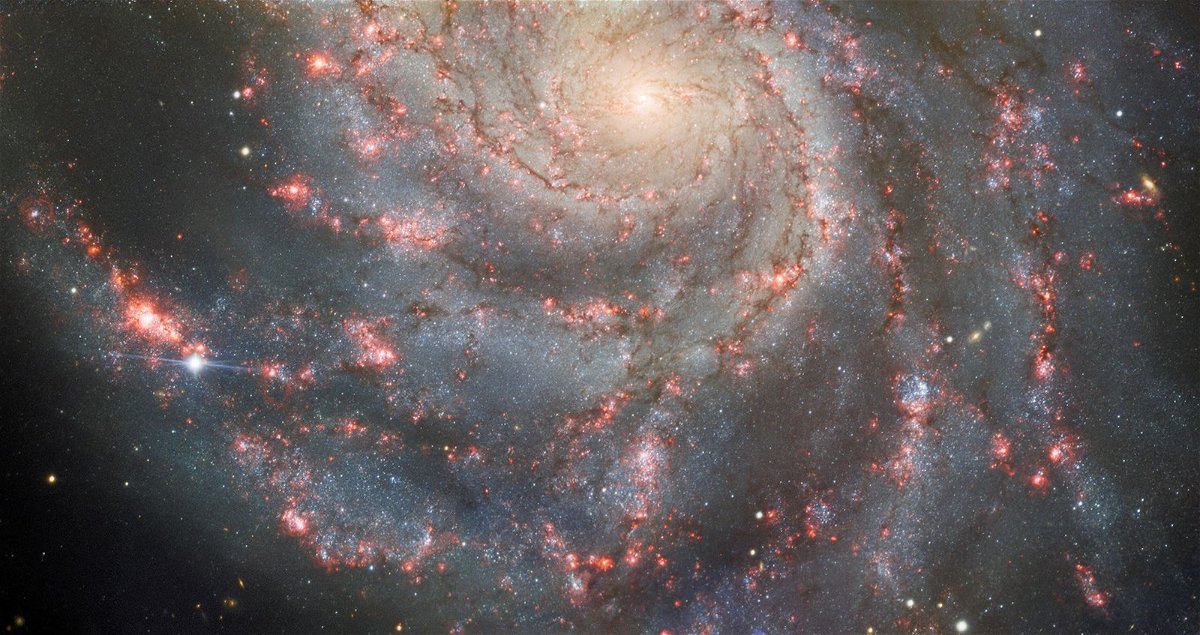A new supernova has appeared in the night sky

The Gemini North telescope captured an image of a bright new supernova in the Pinwheel Galaxy.
By Ashley Strickland, CNN
(CNN) — A sparkling new supernova has appeared in the night sky, and a telescope atop Mauna Kea in Hawaii was perfectly poised to capture the aftermath of the cosmic burst.
The supernova was first spotted within the spiral arms of the Pinwheel Galaxy by Japanese astronomer Koichi Itagaki on May 19. Itagaki, an avid supernova hunter, has discovered more than 80 of the stellar explosions using his observatory in the mountains outside Yamagata, Japan.
The supernova, named SN 2023ixf, is the closest one seen in five years. A supernova occurs when a star violently explodes at the end of its lifetime.
The Pinwheel Galaxy is in the direction of the Ursa Major constellation, about 21 million light-years from Earth. The galaxy faces Earth head-on, which showcases its stunning spiral structure and nearly 1 trillion stars.
The galaxy’s spiral arms are full of nebulae, or regions where stars are born, showcased in pink light. The blue points of light in the image taken by the Hawaii telescope reflect the population of young, hot stars. Dark dust regions are used as one of the key ingredients for star formation.
The new supernova glimmers bright blue in one of the galaxy’s spiral arms in the bottom left of the image. Astronomers believe it is a Type II supernova, when a massive star between eight and 50 times the mass of our sun exhausts its nuclear fuel supply, collapses and explodes. It’s the second supernova observed in the Pinwheel Galaxy in 15 years.
Astronomers are using telescopes to observe the newly discovered supernova to better understand how stars explode and track how the brightness of the explosion evolves and fades over time.
The new image taken of the supernova’s aftermath by the Gemini North telescope in Hawaii marks the observatory’s first return to scientific observations after a seven-month hiatus.
The telescope’s primary mirror was damaged in October while it was being moved, sustaining a chipped edge. The primary mirror has since been refurbished, given a new layer of protective coating and reinstalled, allowing the telescope to resume its search of the night sky for cosmic phenomena.
The-CNN-Wire
™ & © 2023 Cable News Network, Inc., a Warner Bros. Discovery Company. All rights reserved.
